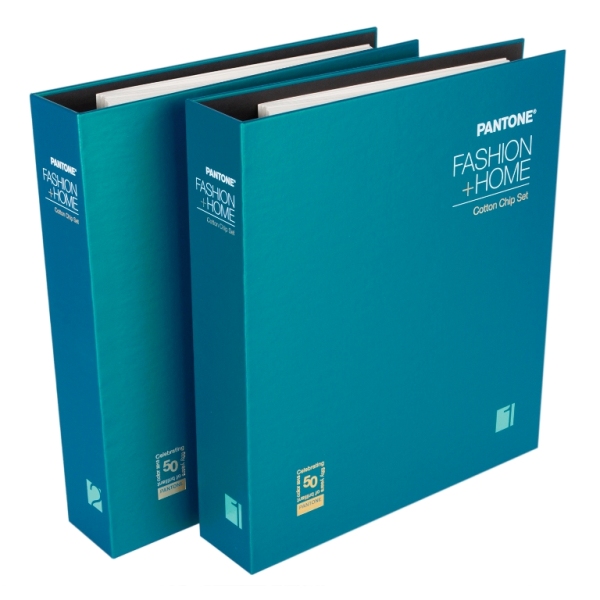Using an Aqua-Boy Moisture Meter
Using an Aqua-Boy moisture meter involves a series of steps to ensure accurate moisture measurements in various materials. Here's a step-by-step guide on how to use it effectively:
1. Preparation
- Read the Manual: Start by reading the user manual specific to your Aqua-Boy model to familiarize yourself with its features and functions.
- Calibrate: Ensure the device is calibrated according to the manufacturer's instructions. Calibration is crucial for obtaining accurate readings.
2. Selecting the Correct Scale
- Material Type: Determine the type of material you are measuring (e.g., wood, grain, paper).
- Scale Setting: Set the moisture meter to the correct scale or material type setting as indicated in the manual.
3. Preparing the Sample
- Sample Size: Ensure you have an appropriate sample size as recommended by the manufacturer.
- Conditioning: If measuring grains or other bulk materials, condition them to room temperature for consistent readings.
4. Taking Measurements
- Inserting the Probes: Insert the probes or electrodes into the material. The depth and placement of the probes should be consistent and according to the guidelines provided for the specific material.
- For solid materials (like wood), press the electrodes firmly into the material.
- For granular materials (like grains), immerse the probes into the sample in a container or use the scoop attachment if provided.
- Reading the Display: Turn on the moisture meter and read the moisture content displayed on the screen. Some models might provide an immediate reading, while others might take a few seconds to stabilize.
5. Interpreting the Results
- Reference Tables: Use the reference tables provided in the manual to interpret the readings accurately for different materials.
- Moisture Range: Compare the readings against the acceptable moisture range for the specific material you are testing.
6. Recording Data
- Log the Results: Record the moisture content readings for future reference or quality control purposes.
- Multiple Readings: For more accurate results, take multiple readings from different parts of the material or sample and calculate the average moisture content.
7. Maintenance
- Cleaning Probes: After use, clean the probes with a dry cloth to remove any residue.
- Storage: Store the moisture meter in a dry, cool place to prevent any damage or degradation of its components.
- Battery Check: Regularly check and replace the batteries as needed to ensure the device remains operational.
Tips for Accurate Measurements
- Consistent Technique: Use consistent pressure and insertion depth when placing the probes in the material.
- Environmental Conditions: Be aware of the environmental conditions, such as temperature and humidity, as they can affect readings. Some meters have built-in temperature correction features.
- Regular Calibration: Periodically calibrate the device to maintain accuracy, especially if used frequently or under varying conditions.
By following these steps, you can effectively use the Aqua-Boy moisture meter to measure the moisture content of various materials accurately.







